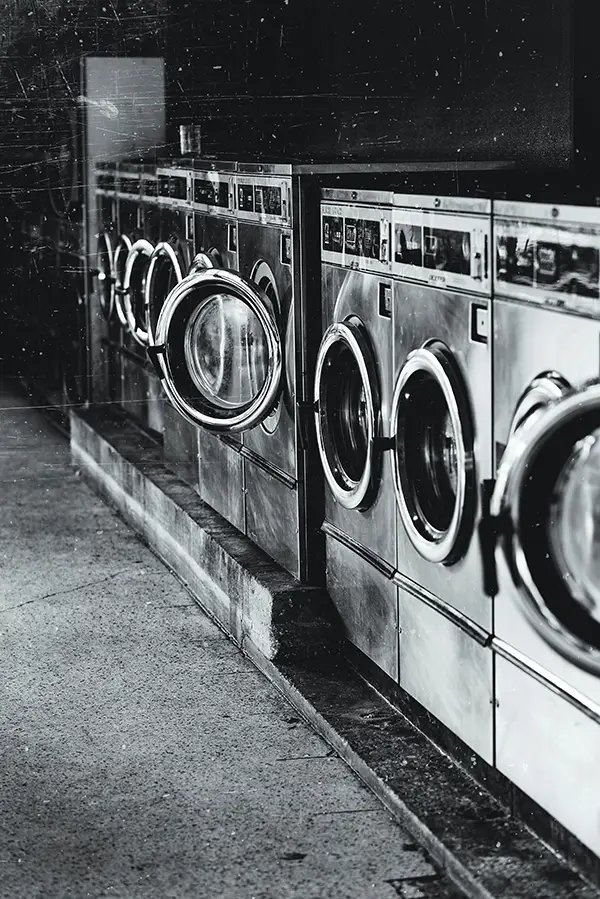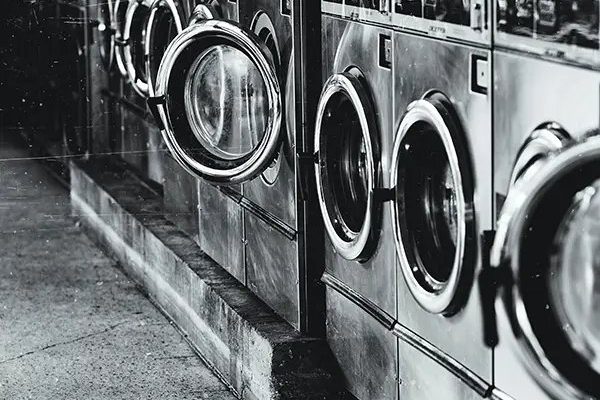
Error E2 in GE washing machines typically signals a problem with the machine’s draining system. This means your washing machine might be struggling to drain the water out properly. Just like trying to drink through a clogged straw, the machine can’t function as it should. It’s like the washing machine is saying, “I’m trying, but there’s something in the way!” So, what could happen if you choose to ignore this message from your washer? Let’s dive in.
Understanding Error E2 in GE Washing Machines
This error code might sound intimidating, but it’s essentially trying to tell you something straightforward. The E2 error usually means there’s a problem with draining water out of the machine. Imagine if your bathtub was clogged — the water wouldn’t drain, right? Similarly, your washing machine can’t finish its cycle if it can’t drain the water properly.
This issue could arise for a variety of reasons. It might be due to a blocked filter, a kinked hose, or even a faulty pump. Picture the washing machine’s drain pump like the heart, trying to pump water out but getting stuck because of a clot. If the problem isn’t addressed, it could lead to bigger issues down the line, like water leaks or even damage to the appliance itself.
So why is this important? Well, knowing the cause helps you understand the potential depth of the problem. If you leave this issue unattended, your machine might stop working entirely, leaving you with a pile of unwashed laundry and a potentially hefty repair bill.
The Consequences of Ignoring Error E2
Now, you might be tempted to ignore that persistent E2 error, especially if your machine still seems to work. But here’s the thing: not fixing it could lead to a cascade of problems. First off, you risk water overflow. When your machine can’t drain properly, it might start leaking, creating puddles on your floor. Imagine water spilling over a bowl that keeps getting filled without an outlet – that’s your washing machine with a drainage problem.
Additionally, persistent water flow issues can lead to mildew and mold growth. These unwanted guests thrive in damp environments, and a washer that can’t drain becomes a perfect breeding ground. Not only does this lead to unpleasant odors, but it can also pose health risks.
Over time, the machine might experience more serious malfunctions requiring costly repairs or even replacement of parts. In the long run, this could be much more expensive than addressing the problem early on. Continual strain on faulty components can lead to a complete breakdown, leaving you without a washing machine just when you need it the most.
Steps to Take if You See Error E2
So, what should you do if your washing machine starts flashing this error code? First, don’t panic. Turn off the machine and unplug it to ensure safety before you proceed. Your next step should be checking the drain system. Begin by examining the drain hose for any kinks or blockages. Think of it like straightening a garden hose to improve water flow.
Next, inspect the drain filter. Usually, it’s located at the bottom of the machine. Be prepared for some water to spill out when you open it, so have a towel or bucket handy. Clean out any debris or lint that might be causing a blockage. It’s like cleaning out a hair clog from a shower drain – tedious but effective.
If these steps don’t resolve the issue, it might be time to consult the manual or contact a professional. Some problems might require tools and expertise that the average homeowner doesn’t possess. By getting professional help, you ensure that your machine gets back in working order without risking further damage.
Preventative Tips to Avoid Future Errors
Once you’ve resolved the current issue, you’ll likely want to prevent it from happening again. To keep error codes like E2 at bay, regular maintenance is key. Start by making a habit of checking and cleaning your machine’s filters and hoses periodically. This preventative step is like routine dental check-ups – it might seem unnecessary when everything’s working fine, but it can prevent painful problems later.
Also, be mindful of how you use your washing machine. Avoid overloading it, as that puts extra stress on all its components, including the drainage system. It’s a bit like overpacking a suitcase – things can start to pop out or get stuck.
Finally, consider running a maintenance wash every few months. Use a washing machine cleaner or just a simple mix of water and vinegar to run an empty cycle. This can help remove soap scum and prevent build-up that might lead to future drainage problems. By being proactive, you can keep your washing machine running smoothly and error-free.
In conclusion, while the E2 error might seem like a minor inconvenience, leaving it unaddressed can lead to significant issues down the line. Acting quickly and performing regular maintenance can keep your washing machine in good working order, saving you time, money, and stress.
